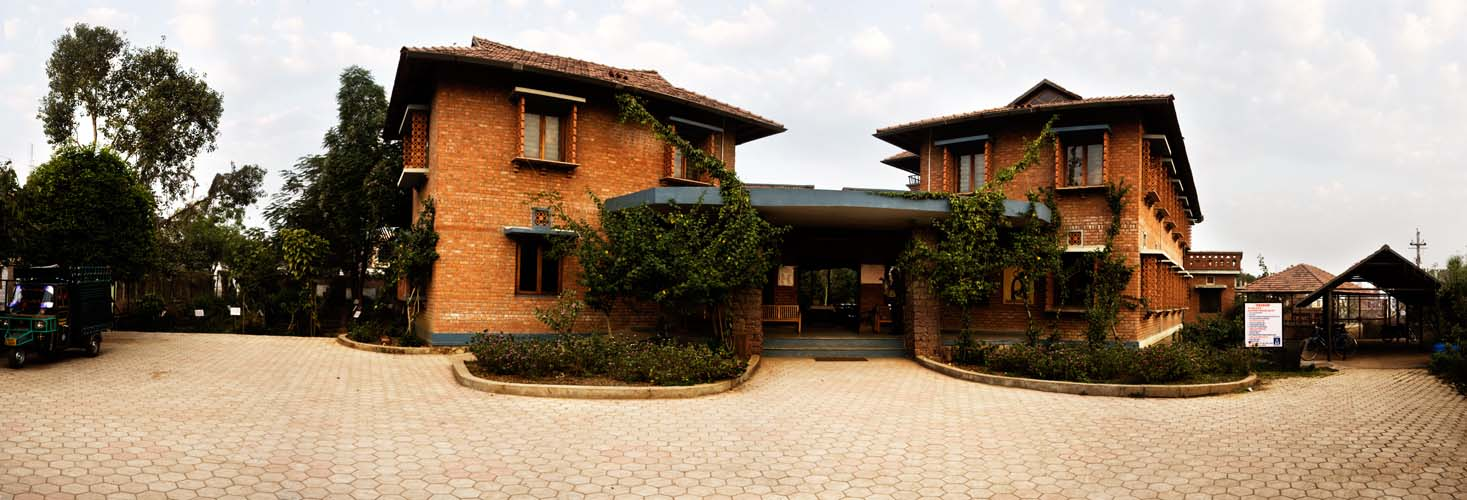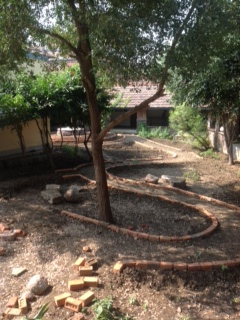
Volunteering at Sambhavna, a blog by Thorston Gilmore
The idea of going out to Bhopal as a volunteer has been in my mind for some time. It arose when a woman who lives near me in Sweden said she thought about going to South Africa to work as a volunteer with children who had AIDS.
It made me thing about what could I contribute with. An elderly man, nearly 70 years, a retired postman, with some mediocre university grades and still curios about life. Perhaps my abilities could be useful somewhere. On one occasion when I met Ingrid Eckerman (Swedish GP and author of ‘The Bhopal Saga’) and she suggested going to help at Sambhavna.
My knowledge of the Bhopal disaster was limited. Sure, I remembered the news from 1984. Sure, I had followed some information about the poor care taken of all of those people affected at the time . What had happened in the past, which compares with and the current situation now in Bhopal, of which I knew almost nothing about.
The Sambhavna Clinic for the survivors today deals with consequential issues from the gas disaster, for example the poisoning of water, etc. They have a garden where they grew medical herbs, mainly Ayurvedic.
Here, maybe I could do something? i though to myself. Maybe they needed help with supervision, transportation of patients, etc. Surely it should be something for me there to do. Moreover, I am somewhat handy and not worried about having to work hard.

At the beginning of November 2012, I came to Bhopal and to Sambhavna. At the Friday staff meeting, I introduced myself and was accepted as a volunteer. On Sunday, when I arrived at Sambhavna I was alone there, except for one of the guards.
Monday, my first day consisted of running bricks to the inner courtyard. These were used to form frames for plants to grow in the garden. An undulating pattern was created and new plants were planted. We also built a couple of seating areas. It was quite hot and work was pretty hard.
Their current wheelbarrow was a beautiful homemade creation but was of little of usefulness. One of my first tasks was to buy a new wheelbarrow. The issue was raised at the Friday meeting where all employees participated in making decisions related to the overall management of the clinic. Purchase of the cart and of other necessary tools was approved under the condition that I take care of the costs. The meeting was held in Hindi and lasted about 2.5 hours. Some words I understood and some English words were used. Next to me sat a man who helped me with the translation. A desire on my part for a summary decision of the meeting in English was promised.
The days went by with different tasks. It felt great, and I was feeling really good on the whole. The active work, regular meal times and absence of snacking meant I lost some weight and had greater mobility.
I noticed that while the patients waited for their treatment during the day they went out to enjoy the gardens and they also went out into the gardens for parts of plants for their medication. The doctors wrote prescriptions as often for Ayurvedic medicines as for Allopathic.
After 14 days, or so, the question suddenly hit me, “What is the use of my work? How are people here helped by my running around with a wheelbarrow?”
The doctor examined and medicated, the nurses took samples, the medicines distributed, the labs investigated… what help was I running around with a wheelbarrow?
My thoughts resulted in the gradual insight that it meant a lot. Me doing those things that the garden crew would have otherwise had to do gives them more time. This enabled them to manage the gardens and plantations even better. The garden is more of a culture of medicinal plants than a garden. My work, doing things they had to otherwise do, made them more productive. Ultimately this benefited the patients.

Days go by quickly at Sambhavna, and it feels meaningful and useful that I’m able to contribute to the better functioning of the Sambhavna Clinic. Knowing that my work is really worth doing makes me think of coming back to Sambhavna again one day.
There is always something that needs to be done. Either medical investigations, and projects of all kinds, and computer work, but also manual chores such as making gates, putting up stakes for climbing plants, preparing the plant raw materials for medicine production and patching and mending, etc. Hands are always needed and what any individual contributes allows more work to be performed by the staff as a whole.
It is useful even if it is for a short time. It takes a few days to become familiar and learn about the clinic and the people who work here. You should plan to stay for at least two to three weeks you. That way you can contribute in an effective way. Many good ideas have stayed in an initial stage because the promoter could not complete and there has not been anyone who could take over. Major projects need more time and you have to take that into consideration. An important question is: how does this benefit the Sambhavna?

Sambhavna’s activities are funded by donations. Even as a volunteer, you are expected to contribute, in addition to your work, with a donation. The more prepared you are, the more you get out of their stay. Some basic knowledge of Hindi increases the value of the stay. This is to passably keep up with the Friday meeting, and to be able to order food and shopping in the store, in Hindi, means that you are met with completely different attitude than if you were tourist.
My experiences from my stay at Sambhavna has given me thoughts and ideas about how to organize my life. The value of the little things around us and trust in people. What I do has an impact.
Thanks Thorston!
If you are interested in volunteering your time at Sambhavna then email us at [email protected] or call us on 01273 603278


